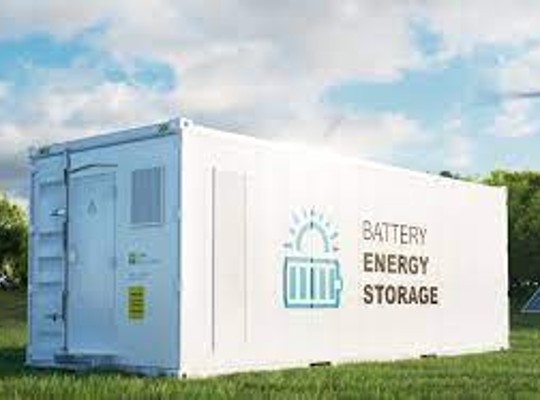The Ministry of Power (MoP) has released operational guidelines for a programme worth Rs 94 billion. This initiative aims to offer viability gap funding (VGF) of up to 40 per cent to facilitate the development of 4,000 MWh of battery energy storage systems (BESS) capacity nationwide. The initiative will span a duration of three years, starting from 2023-24 and concluding in 2025-26, with a budgetary allocation of Rs 37.6 billion. The programme additionally mandates that projects must be commissioned within 24 months from the date of signing the agreement. Funds will be distributed in five installments, contingent upon achieving milestones such as financial closure and commencement of commercial operations. Project allocations will adhere to the tariff-based competitive bidding process outlined in the MoP guidelines. Developers will compete by proposing the lowest annualised fixed costs within tariff caps established by a committee.
Private sector involvement is obligatory, with restrictions on the maximum capacity that can be awarded to a single developer. In a particular round, one project developer can secure up to half of the total capacity. However, they cannot exceed a total capacity of 1,000 MWh across all rounds. To be eligible for consideration, projects must have a minimum capacity of 100 MWh. The duration of the project contract, ranging from 10 to 12 years, will be granted under the build, own, and operate model. According to assessments, the system needs 572 cycles annually; however, the National Load Dispatch Center (NLDC) has the authority to raise this number if necessary. NLDC will announce the grid’s stress hours, which are usually the morning and evening peak hours, a quarter in advance and provide an update a week in advance.
It will be the responsibility of battery implementation agencies (BIAs) to secure electricity from renewable sources and market purchases in order to charge storage devices. In order to maximise grid management and income creation, stored energy through power exchanges, bilateral contracts, and auxiliary services will be discharged. The trading margin is fixed at Rs 0.04 per kWh of energy sold. In case the BIA records a surplus revenue exceeding 10 per cent within a year, it has the opportunity to earn an additional margin of Rs 0.04 per kWh sold, provided that the total expenditure on this does not surpass the surplus. Conversely, if there’s an annual revenue deficit exceeding 10 per cent, a penalty of Rs 0.01 per kWh sold will be applied. Additionally, a 10 per cent trading margin will be enforced if the BIA fails to deliver power during specified hours. Any revenue discrepancies resulting from BESS operations across all phases will be handles by BESS balancing pool (BBP) which will be overseen by a central agency. The BBP fund could be augmented by a regulatory fee to guarantee long-term viability as a payment assurance mechanism for developers. The projects under the programme will be monitored by the central transmission utility of India.













